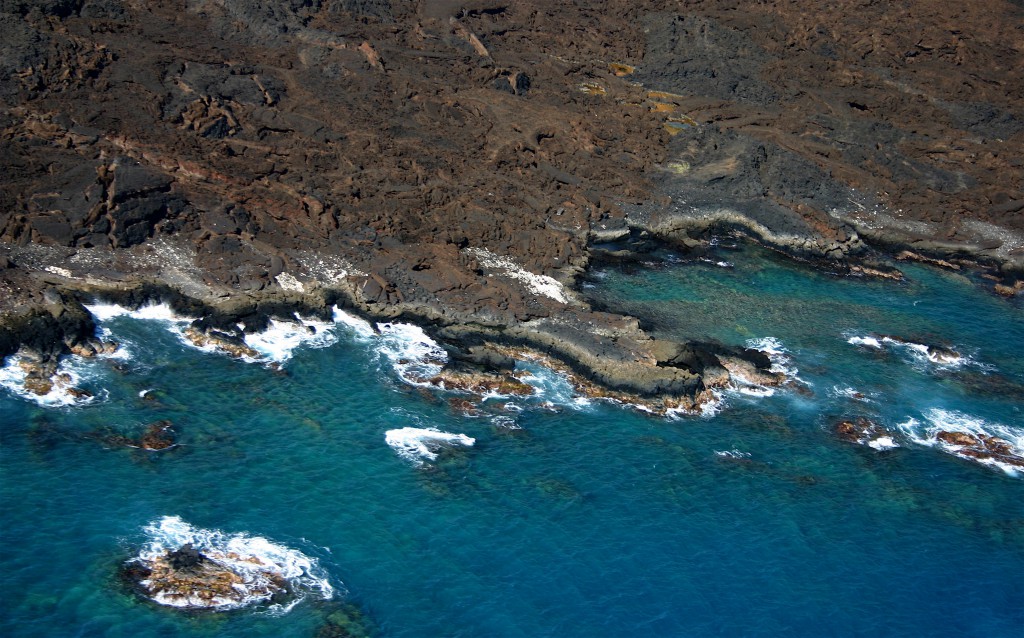Marine » Unit 5: Marine Management » Activity 4: Marine-Management Research Projects
Instructions
1) Have students select a research topic related to marine management issues on Maui or around the state of Hawaiʻi. They may use ideas from the Student Page “Marine Management Research Projects—Suggested Topics” or come up with their own.
2) Students should use a variety of sources to research their topics and develop a report using the media of their choosing.
Journal Ideas
- None.
Assessment Tools
- Student research reports
Media Resources
- None

